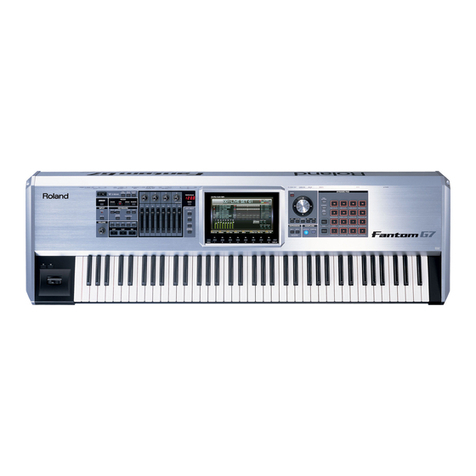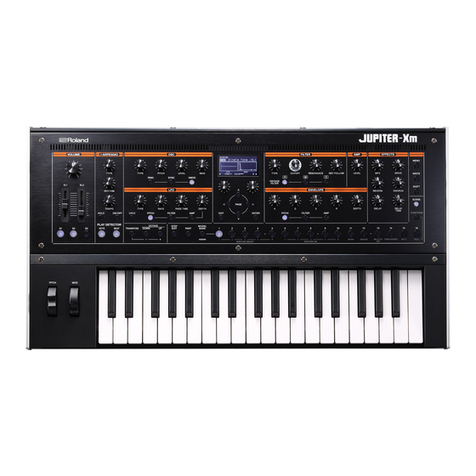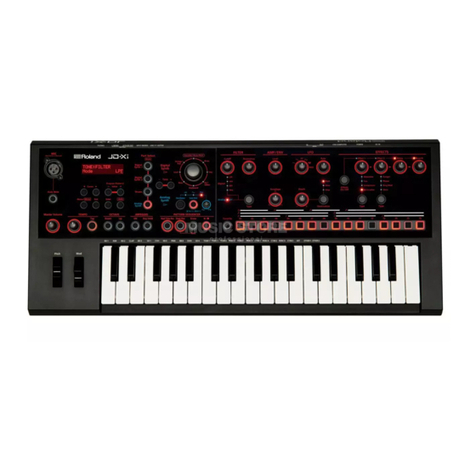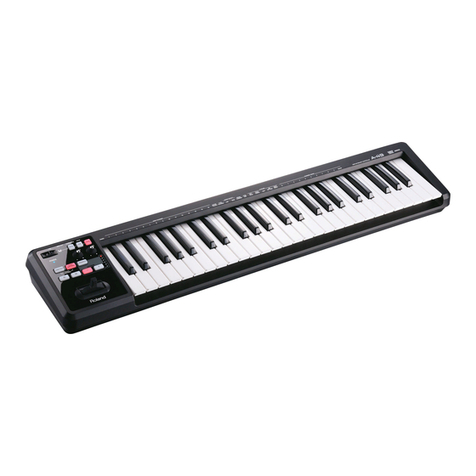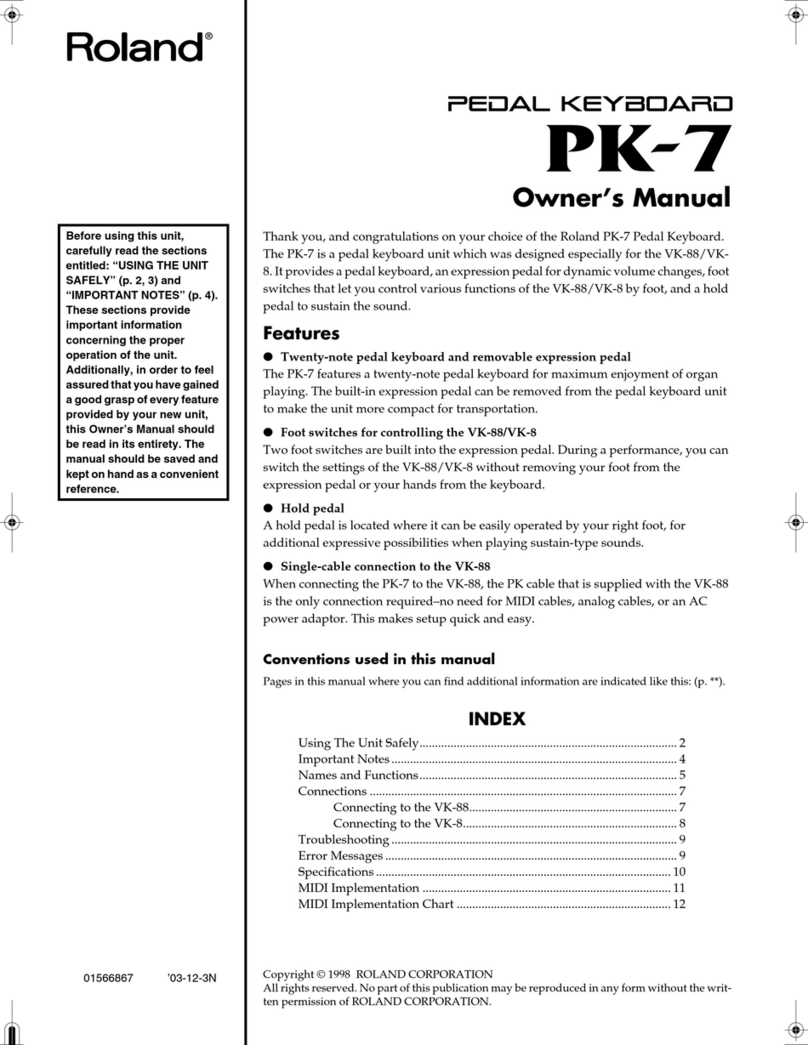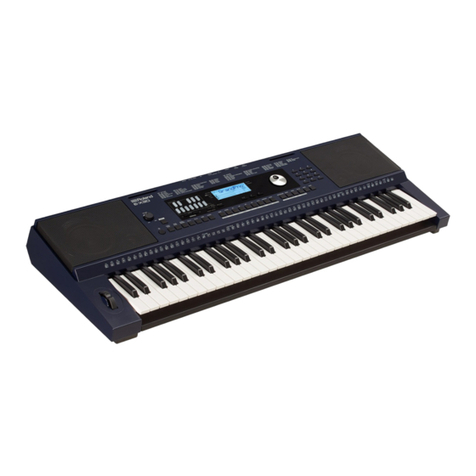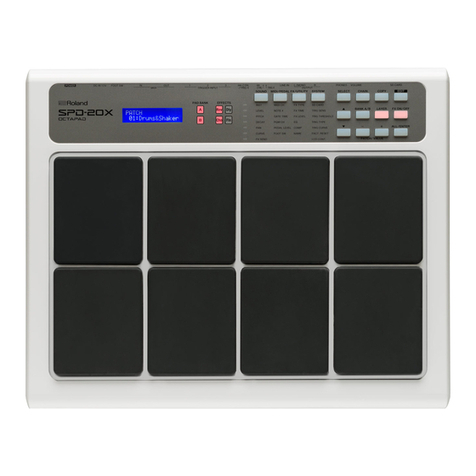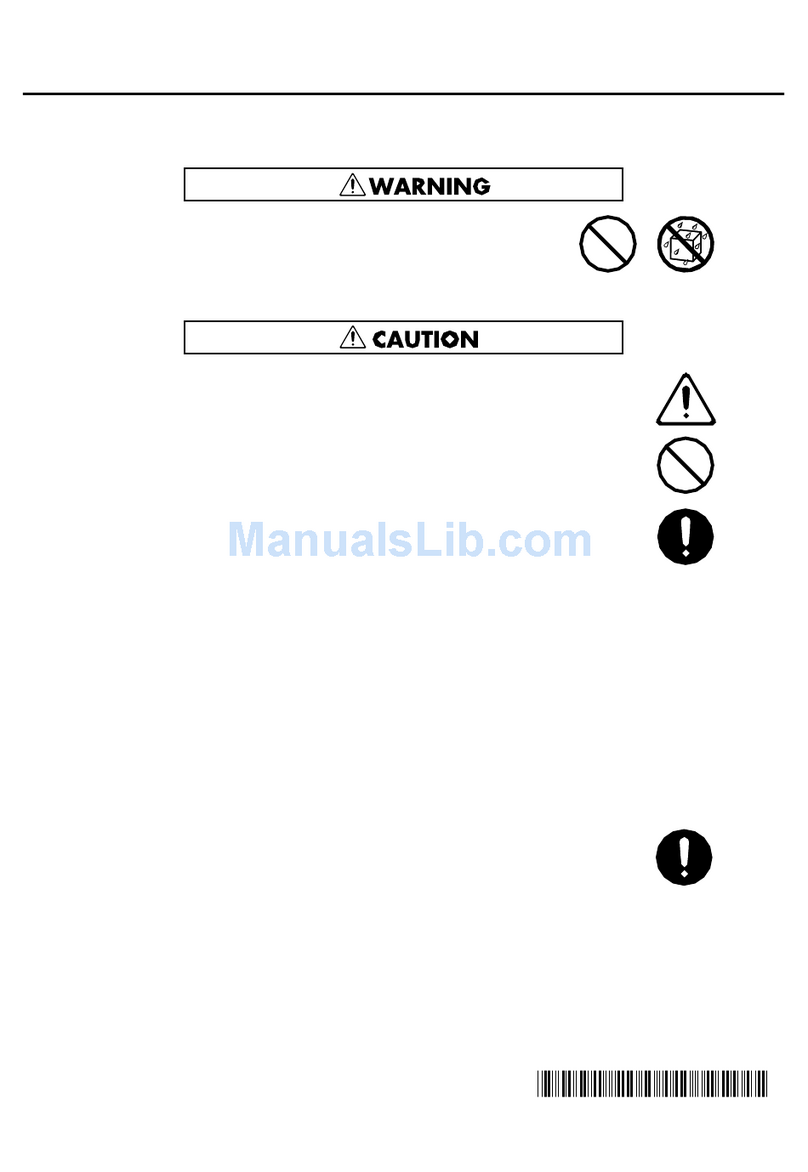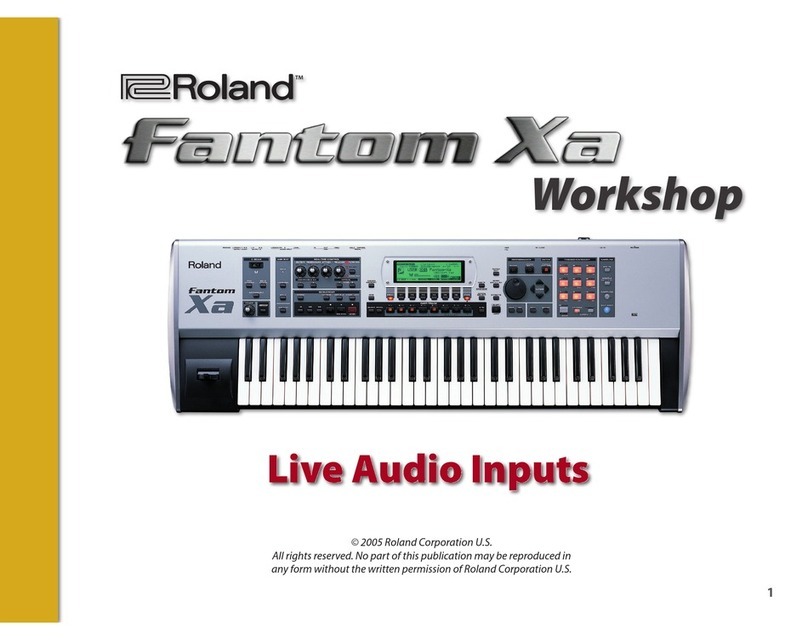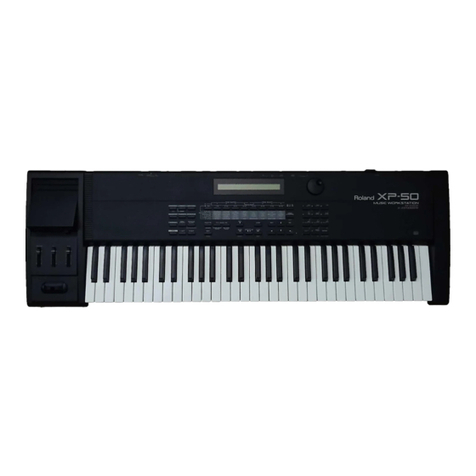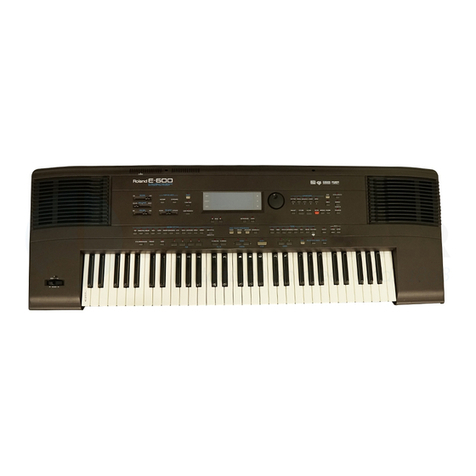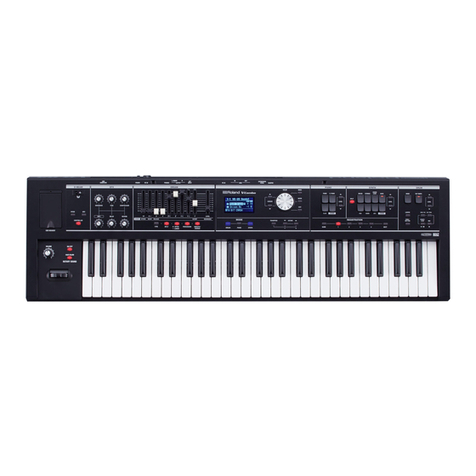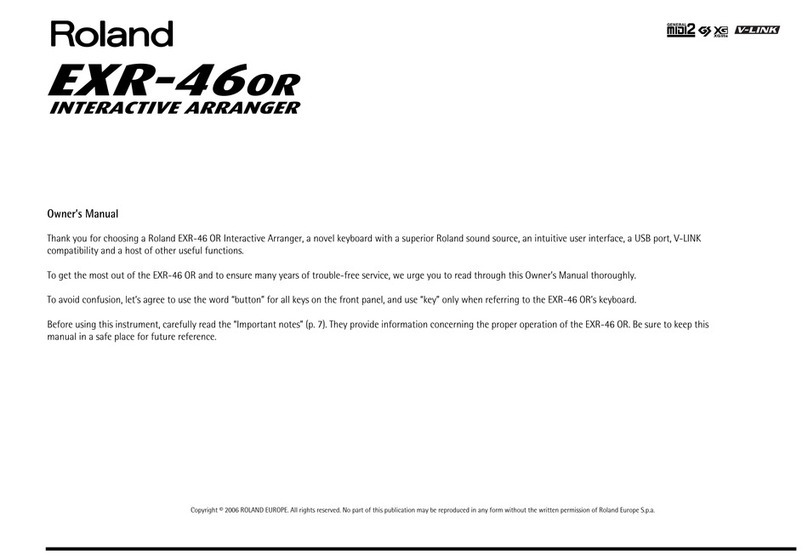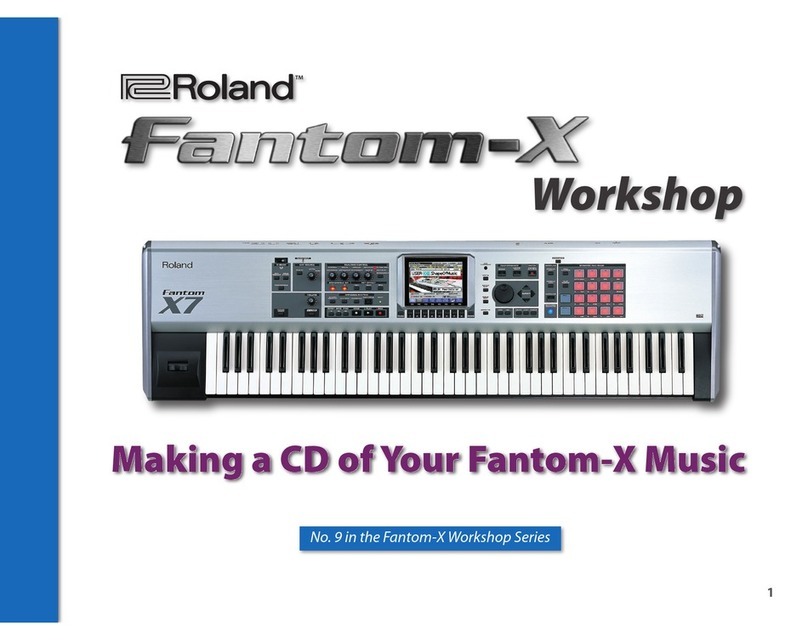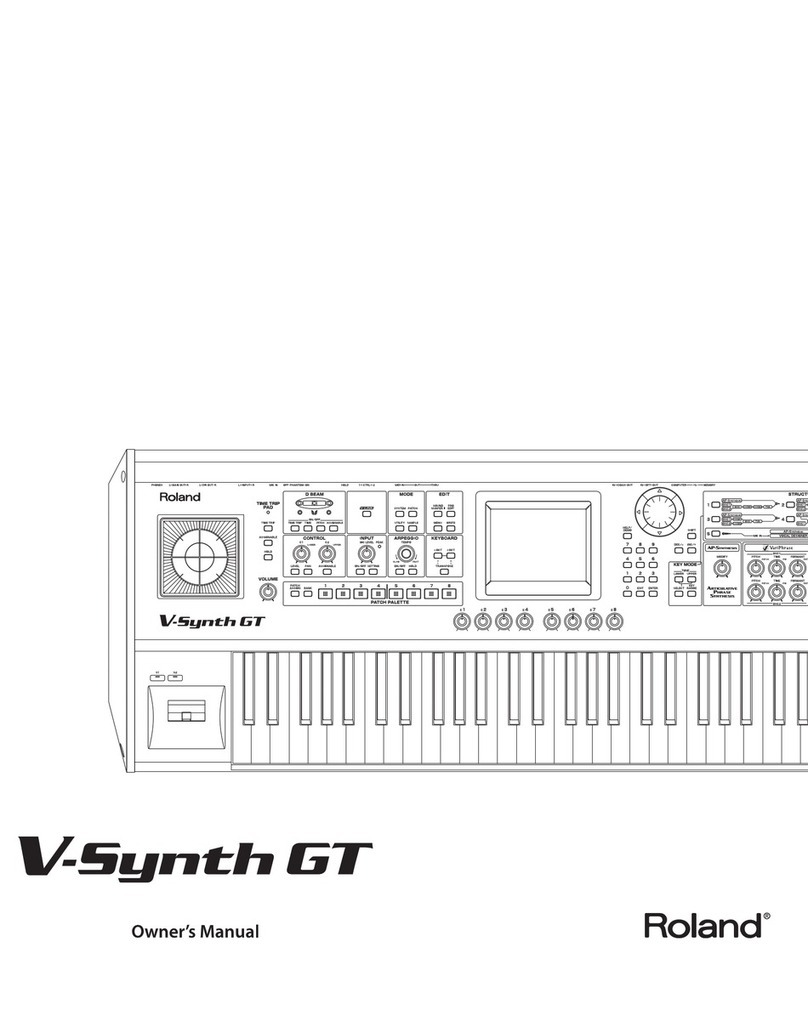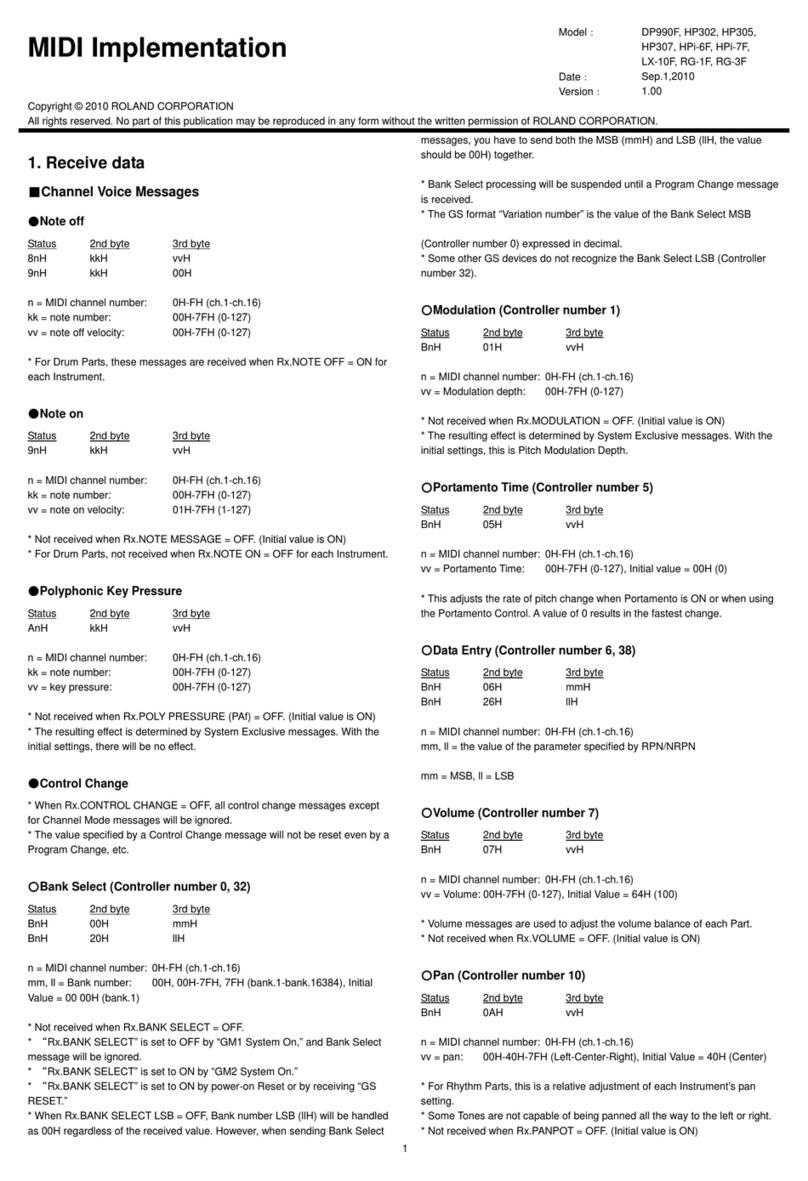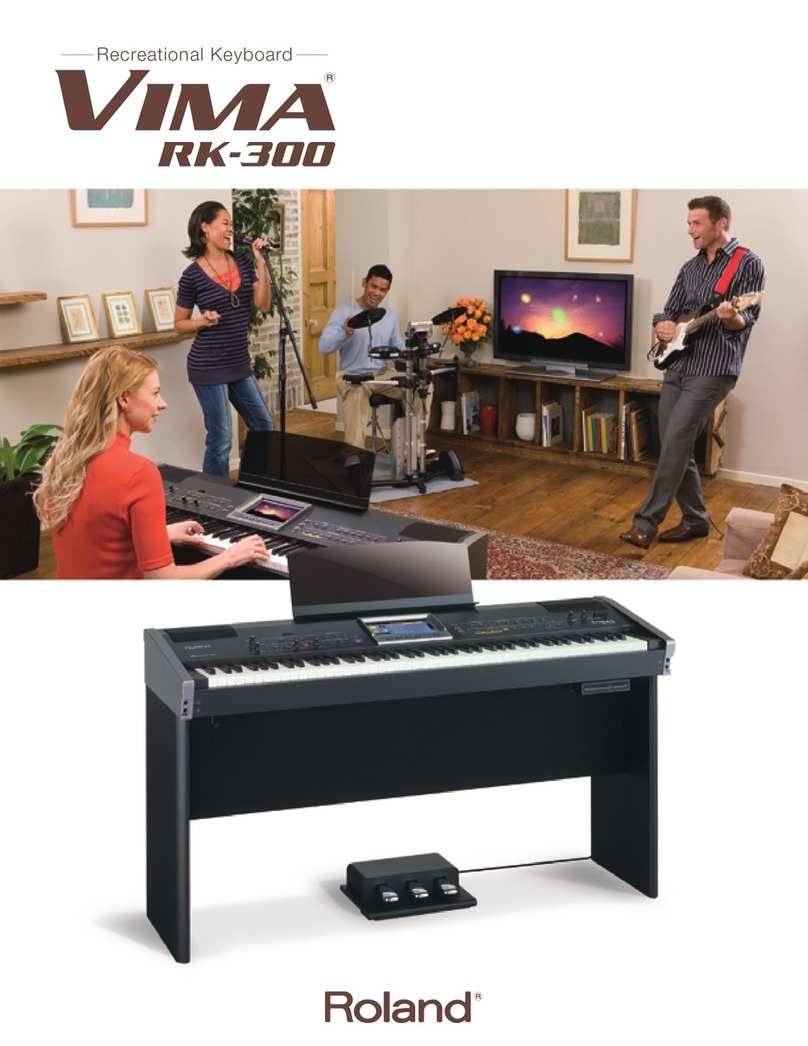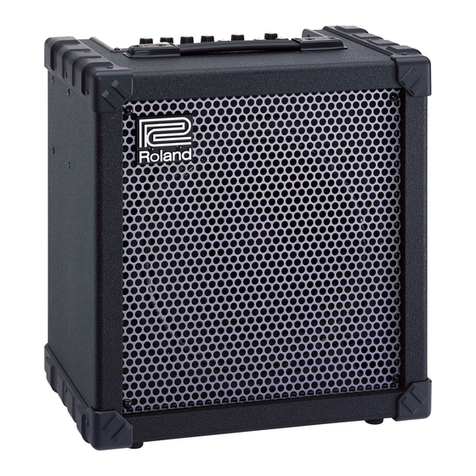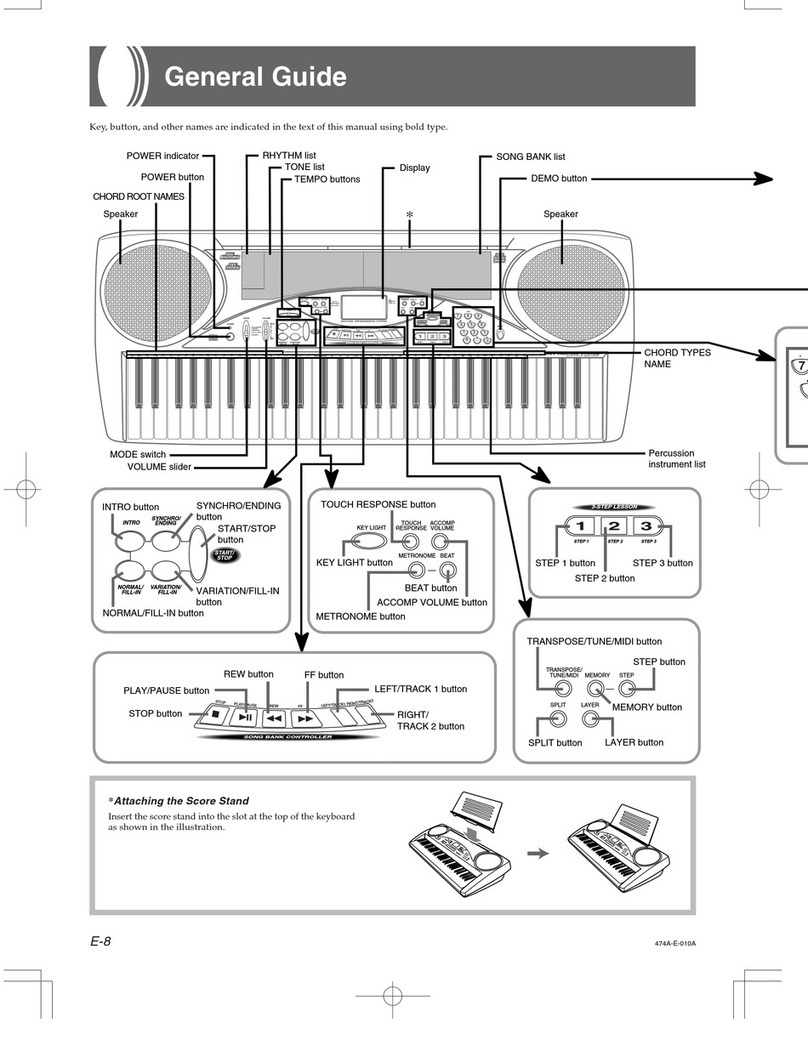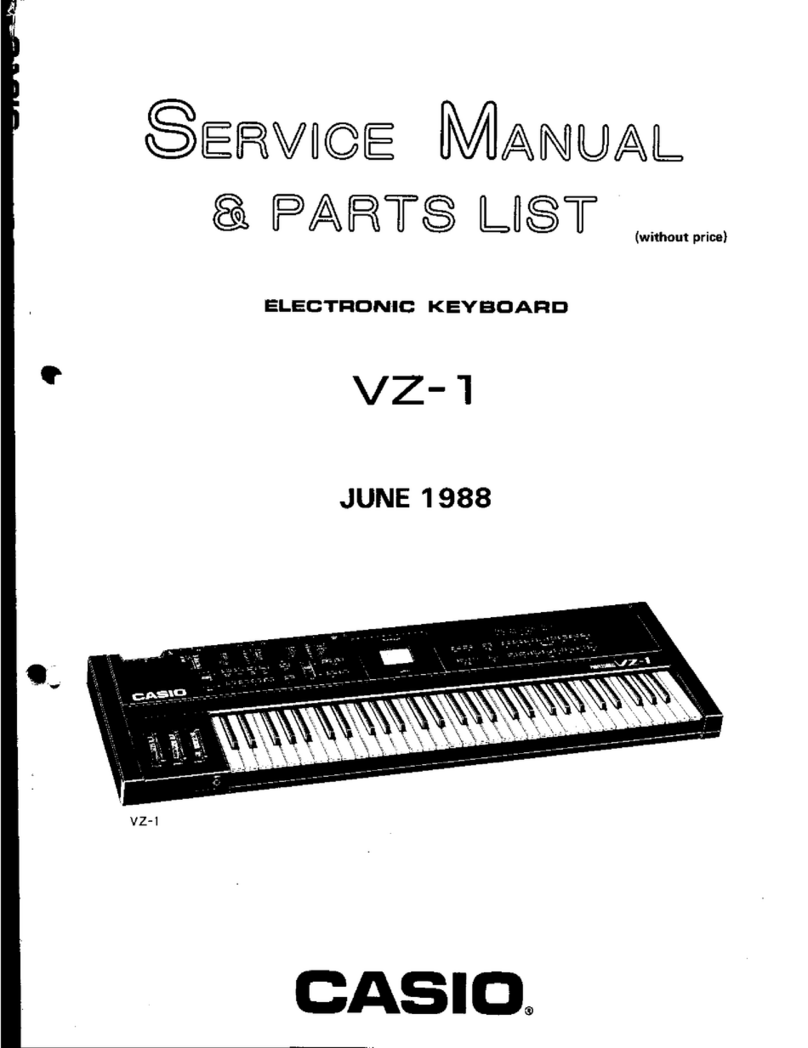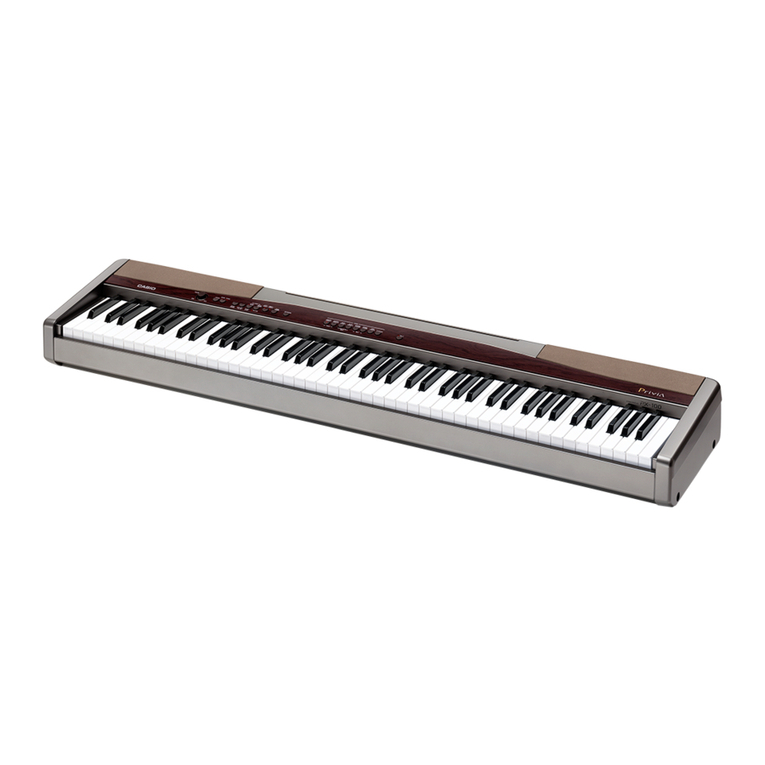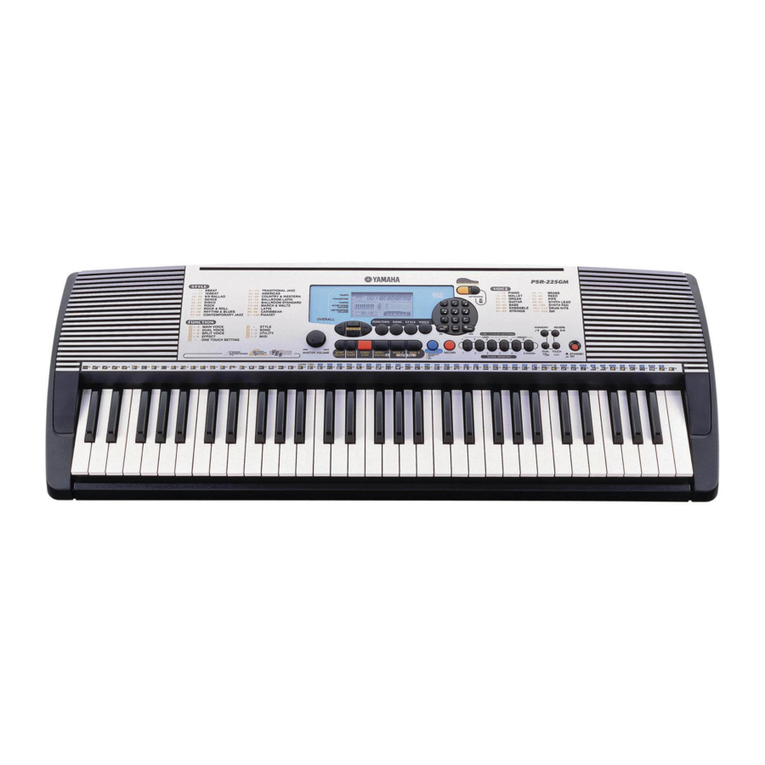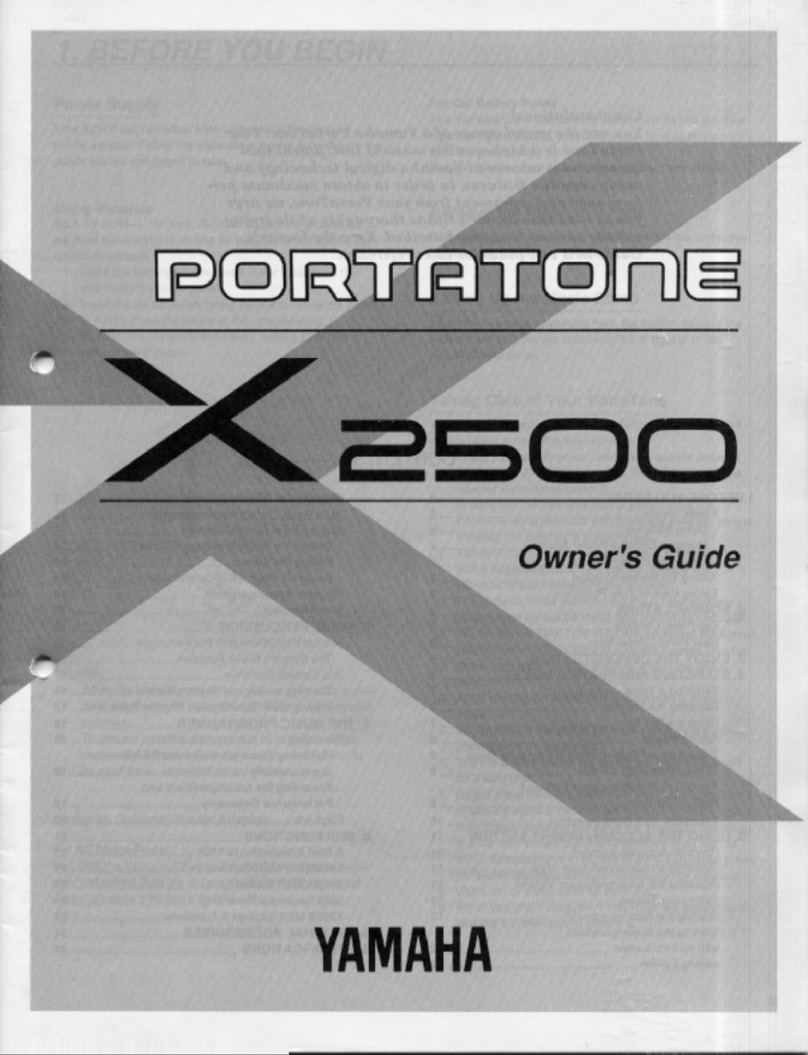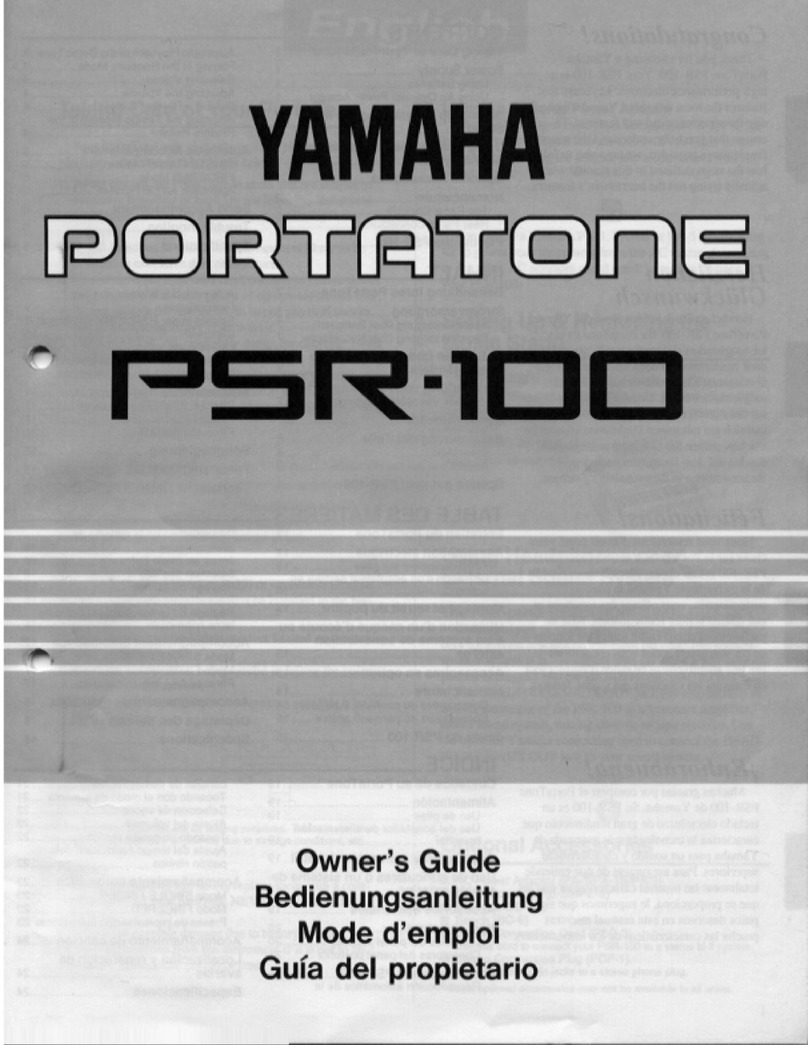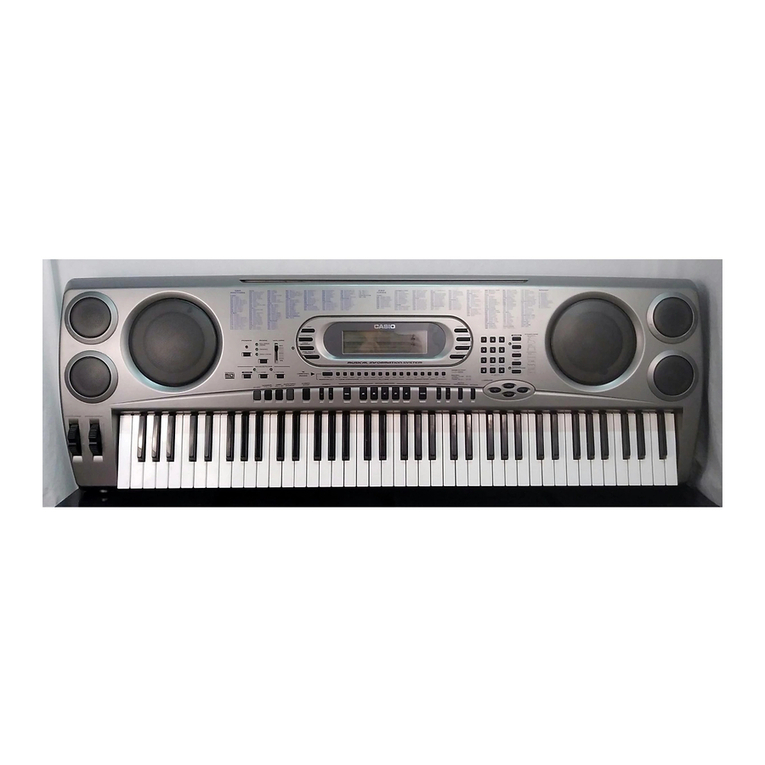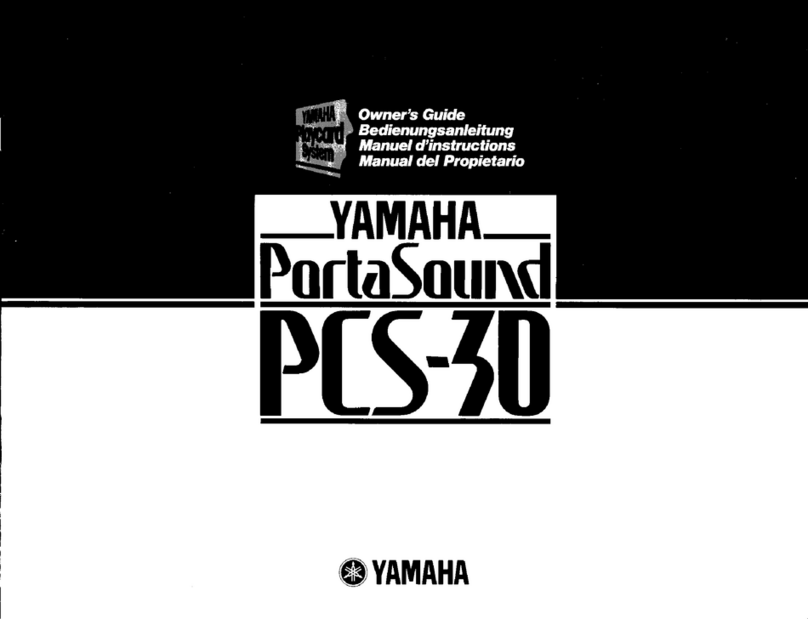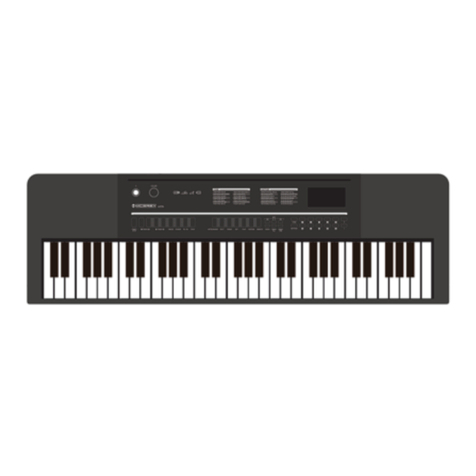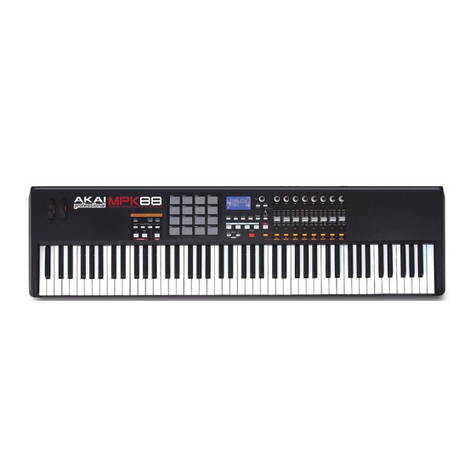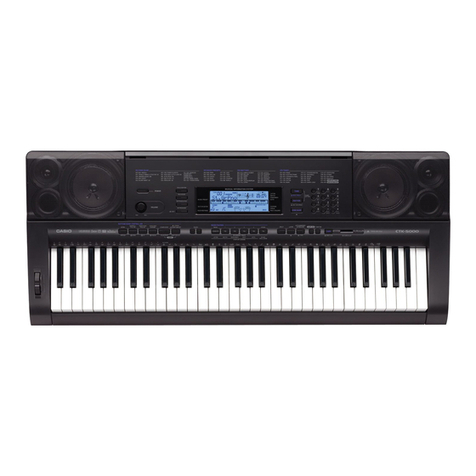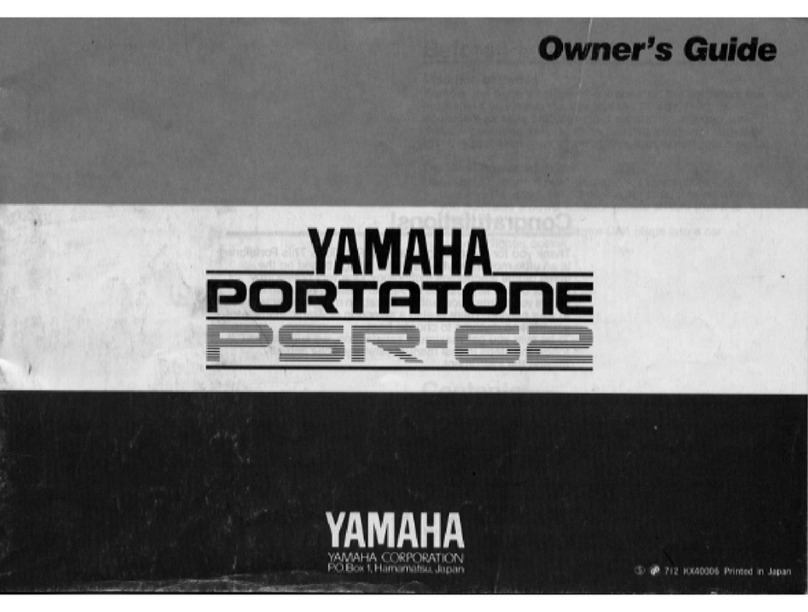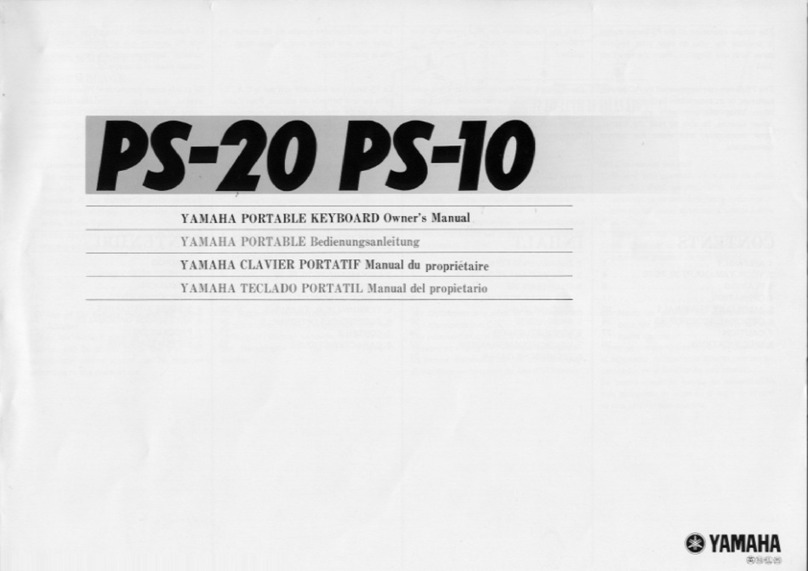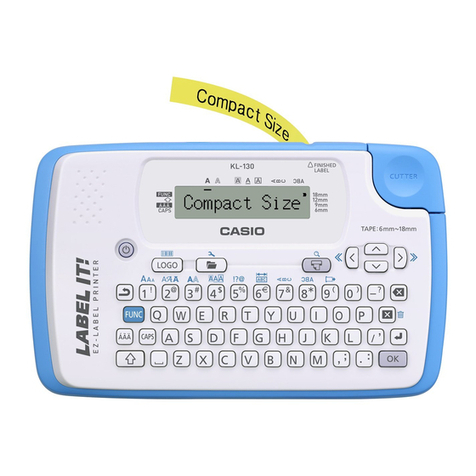4
ROM’s where the Fantom-G keeps things such as its:
PCM waveforms—
• The built-in sound recordings that the Fantom-G
patches and rhythm sets play when they aren’t playing samples you’ve
captured or imported.
presets—
• The preset factory patches, rhythm sets, live sets, studio sets.
RAM
“RAM” stands for“Random Access Memory.”RAM is lightning fast. Because of
this, it’s an ideal place for holding things you’re working with, or working on.
When you play, sequence, record, sample or edit most anything on the
Fantom-G, it’s in RAM. The charm of RAM is that it’s so fast you can’t even tell
it’s at work: You select something, and it’s just there, loaded into RAM
instantaneously.
While RAM makes a great workspace, it’s temporary—
each time you turn off the Fantom-G, its RAM is cleared
of its contents. As a result, you can’t actually store
anything there. There’s a different sort of memory in
the Fantom-G for permanent storage, as we’ll see.
We’re sorry to repeat ourselves, but we can’t say this enough: Anything
in RAM is there only temporarily. It’s critical that you store your work
in one of the Fantom-G’s permanent storage areas to avoid losing it.
Whenever you edit something you’ve already saved, you’re actually
working on a copy of it that’s been loaded into RAM. This is a good
thing since it means you’re free to experiment with it, secure in the
knowledge that the original is safe and sound in permanent storage.
Most Fantom-G activities take place in a general-use RAM area we’ll call
“work RAM.” Sampling has its own expandable 32 MB workspace we’ll call
“sample RAM.”
Your Fantom-G owner’s manual combines both of these two areas into
a single “temporary area.” We’ll keep things separate in the Workshop
booklets, though. You’ll thank us later.
What You Need to Know About Work RAM
What Goes On in Work RAM
With the exception of samples, most everything you select, play, sequence,
record, and edit in the Fantom-G is in work RAM while you’re using it. When
you:
select—
• patches, rhythm sets, sample sets, live sets, studio sets, phrases,
and songs, they’re instantly loaded into work RAM.
edit—
• all of the above stuff, plus arpeggio styles, or chord memory
forms or a host of other things, you do so in work RAM.
sequence or record—
• MIDI or audio tracks in a song, you do it in work
RAM.
Things that play samples—such as sample sets and audio tracks—deserve
special mention because they utilize both work RAM and sample RAM.
The samples they play are held in sample RAM. The sample sets—which
are containers for samples—operate out of work RAM. Likewise, though
audio tracks that play samples are in work RAM, the samples they play
are held in sample RAM.
We haven’t mentioned effects because, effects are elements within a
patch, rhythm set, live set, studio set, or belong to system settings.
Still, when you edit effects, that, too, takes place in work RAM.
Work RAM has a pre-designated area for each of the items it holds. The
currently selected patch is loaded into its own area, the current song goes
into its own area, and so on. You have all the room you need in work RAM for
most anything you might want to do there.
Keeping Your Work RAM Work Safe
Each time you select—and therefore load—a patch, rhythm set, sample set,
live set, studio set, phrase, or song in work RAM, it replaces the last one you
had selected. Therefore, If you’ve been sequencing, recording, or editing, be
sure to save your work to a permanent storage area before you replace what
you’ve been working on with something new in work RAM.
